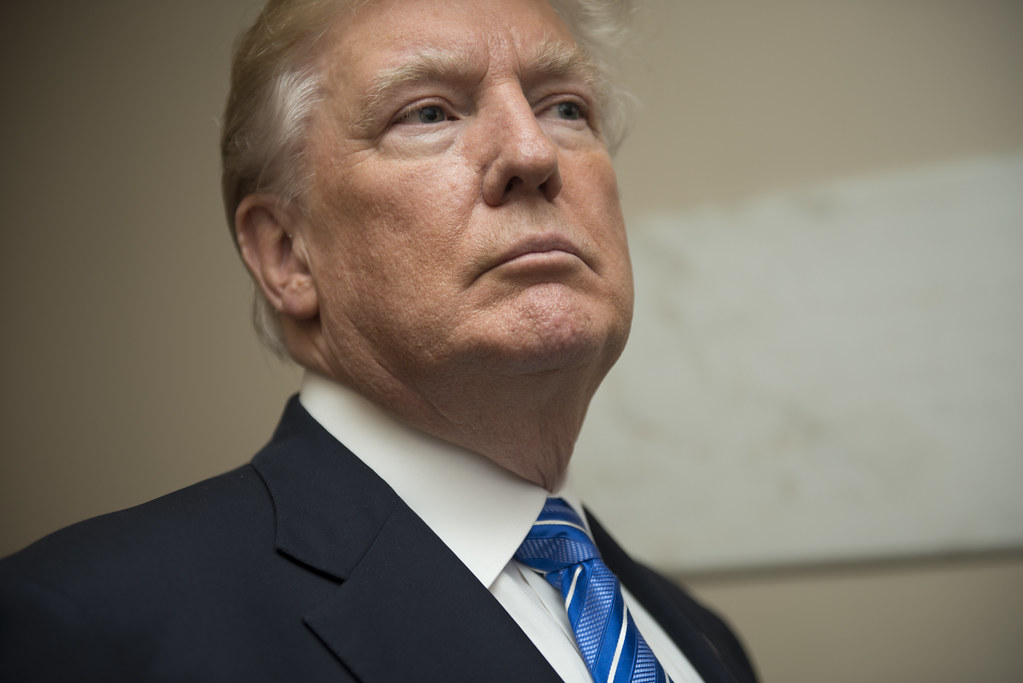Key Takeaways
• President Trump will impose new tariffs on drugs, cabinets, furniture and trucks.
• The tariffs start October 1 and range from 25% to 100%.
• Critics warn of higher prices for seniors, homeowners and businesses.
• Some fear this move could spark trade conflicts and slow economic growth.
What the new tariffs mean
President Trump announced new tariffs on his own social media. He set a 100% tariff on imported branded or patented medicines unless their makers build U.S. plants. He also imposed a 50% tariff on kitchen cabinets and bathroom vanities. A 30% tariff will hit imported upholstered furniture. Finally, he added a 25% duty on heavy-duty trucks made abroad. All new tariffs take effect Wednesday, October 1.
The president said these new tariffs protect national security and U.S. manufacturing. He claimed foreign countries “flood” our market with cheap goods. However, critics say this move will raise costs for Americans instead.
Who pays for the new tariffs
Homeowners planning a kitchen upgrade will face higher cabinet prices. Families buying sofas or recliners will pay more for upholstered furniture. Trucking companies that rely on foreign-made vehicles could see a cost jump. Seniors and patients who take brand-name medicines may also see steeper bills. In other words, everyday buyers could shoulder the burden of these new tariffs.
Moreover, small businesses that import goods in these categories may struggle to keep their prices low. Some analysts warn that higher costs in one sector can spill over into others. For example, if trucking costs rise, shipping fees might climb too. Therefore, consumers could pay more for all kinds of products.
Why critics hate the new tariffs
Many experts called the new tariffs unfair and ill-timed. Spencer Hakimian, an investment manager, warned that senior citizens will hate the 100% drug duty. He also mocked the plant-building exemption with a jab at Trump’s habit of delaying his own deadlines. In other posts, commentators wrote that “Tariff man is back” and that these moves seem arbitrary.
An economist at a think tank pointed out that calling cabinets and furniture a national security issue makes little sense. Another trade expert argued that the exemptions clearly favor big U.S. drug companies over smaller foreign rivals. Critics see this as a way to shield powerful firms rather than boost genuine U.S. manufacturing.
How U.S. industries might respond
Some companies may rush to announce new U.S. factories to dodge the 100% drug tariff. However, building a plant takes years and billions of dollars. In the short term, importers must either absorb higher costs or pass them to customers. Some firms might cut jobs or delay expansion plans to offset the financial hit.
Meanwhile, trade partners could retaliate with their own duties on U.S. goods. That back-and-forth can lead to a trade war that hurts exporters of corn, soybeans or airplanes. In past rounds of tariff increases, farmers and manufacturers saw shrinking overseas sales. If that happens again, it could slow overall economic growth.
Balancing national security and trade policy
The Trump administration frames these new tariffs as a national security issue. The idea is that relying on foreign sources for key products can become a strategic weakness. When it comes to medicine, a shortage could harm public health in emergencies. Yet critics say cabinets and furniture do not pose the same risk.
In addition, experts note that a well-designed strategy would focus on actual risks rather than broad import bans. They suggest investing in domestic production through grants and tax breaks instead of high duties. That path could foster real growth without provoking retaliation or raising prices sharply.
Possible next steps
Congress might challenge the new tariffs in hearings or pass legislation to limit the president’s authority. Trade partners such as Canada, Mexico and the European Union could file complaints at the World Trade Organization. That process takes months but can pressure the U.S. to dial back duties.
In the meantime, businesses may seek legal waivers or negotiate smaller deals to avoid the full tariffs. Consumers could start shopping early for big purchases like trucks or appliances to lock in prices. Yet if the duties stick, many Americans will feel the impact sooner than they expect.
Staying informed and prepared
For now, individuals and companies should track any updates on these new tariffs. Sign up for trade alerts, monitor import costs, and consult with a customs expert if needed. Homeowners planning renovations might compare prices and buy materials before the duties kick in. Anyone who relies on brand-name medicine should talk to their pharmacist about possible cost increases.
Even though the move aims to protect U.S. manufacturers, its real test will be how it affects everyday people. In the weeks ahead, watch for price changes at drugstores, furniture outlets and truck dealers. That data will show whether these new tariffs meet their goals or simply add financial stress.
Frequently Asked Questions
How will the new tariffs affect drug prices?
The 100% tariff on branded drugs could double the cost of some medicines if imported. However, companies building U.S. plants may avoid the toll. Still, patients might face higher out-of-pocket expenses before new factories open.
Can foreign companies avoid the cabinet and furniture tariffs?
The 50% and 30% duties apply to all imports in those categories. Unless a country negotiates a special deal, makers must pay the new tariffs or stop exporting to the U.S.
Will these new tariffs lead to higher truck shipping costs?
Yes. A 25% tariff on foreign trucks may raise purchase prices for trucking fleets. Those costs often pass on to customers in the form of higher shipping fees.
Could other countries retaliate against these tariffs?
They could. Trade partners might impose their own duties on U.S. products. Past tariff battles have seen farmers and manufacturers lose overseas business.

